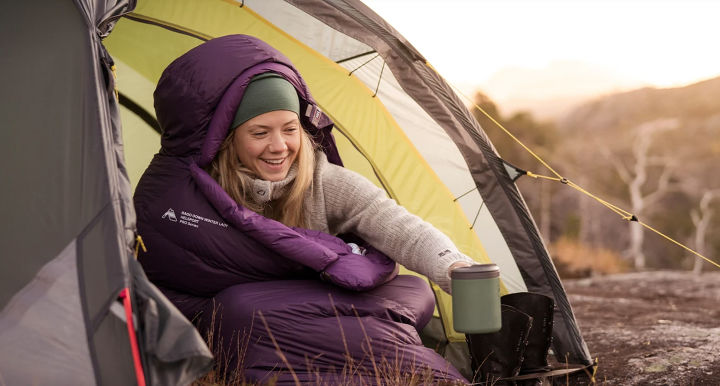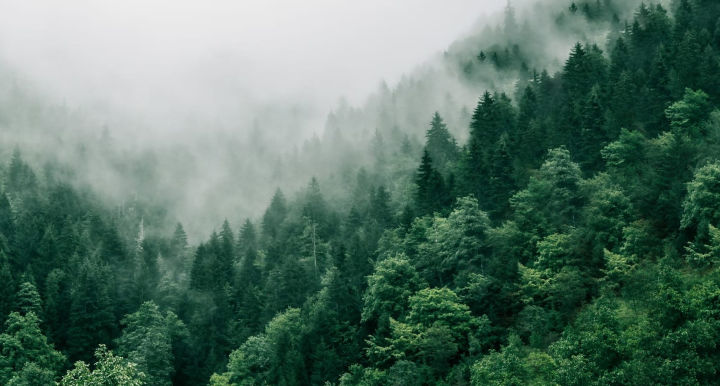
Fabrics & Sustainability
The responsibility for reducing the environmental impact of the textile industry does not lie in the hands of ordinary people, but as a consumer you can be part of the solution. Sustainable consumption mean conscious choices of materials and products, therefore we encourage our customers to choose the right product according to activity and needs. Here you can read more about fabrics to make choices that feel good for both you and the planet.
Natural fabrics
Natural fabrics are fabrics made from natural materials such as wool, cotton and linen. By choosing to only sell mulesing-free wool, down and leather from the food production and banning fur and down from birds that have been picked alive, we are trying to contribute to a more ethical production.
On the one hand, natural materials are good for the environment as they are biodegradable, on the other hand they are often dyed, which can lead to environmentally hazardous chemicals escaping into nature. By instead coloring the granules, both chemicals and water are saved. A lot of water is also required in the production of, for example, cotton fabric and leather. Therefore, it is difficult to state that natural fabrics are more sustainable than synthetic fabrics. The best thing to do is to take good care of your clothes so that you can use them for a long time without having to buy new ones.
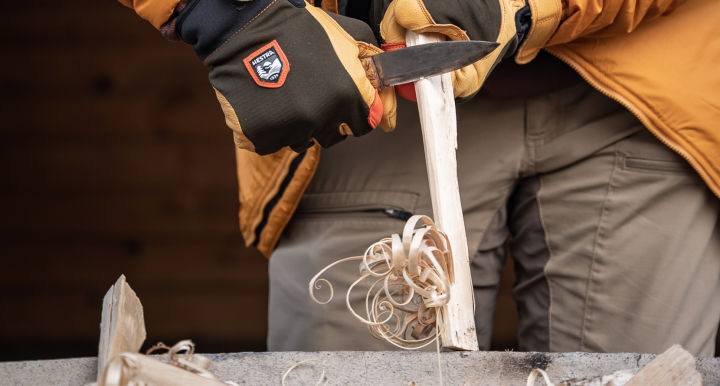
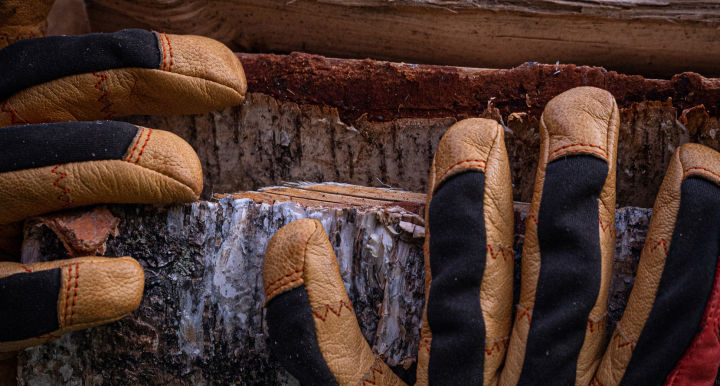
What is mulesing?
Wool from merino sheep has high quality and is very popular. But the merino sheep has wrinkled skin where dirt accumulates, which attracts flies. The flies lay their eggs in the folds and this is painful for the animals. A method that was used a lot in the past is called mulesing. It means that the rear of the sheep is scalped and this is done without anesthesia. After much attention and protests, the method has become less common. We require that all wool used in the products we sell must be from production where mulesing does not occur.
Sustainable dyeing
The process of dyeing textiles can be chemical-intensive, in many of the places where textiles are produced today, the sewage systems and water purification are not sufficiently developed. This brings a great risk of sweage, lakes and seas being polluted in connection to dyeing.
There are methods that reduce both water consumption and the use of chemicals when dyeing. For polyester, for example, the granules, which are used to make the threads from which the fabrics are then woven or knitted, can be dyed. Traditionally, the finished fabric is dyed and then large amounts of water are requierd. By coloring the granules instead, less water is used – this technology is called Dope Dye, Solution Dye or Spin Dye.
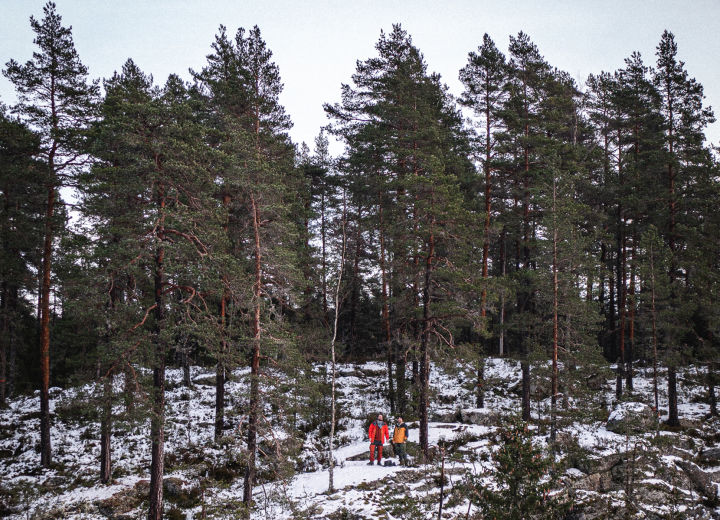
Synthetic Fabrics
Generally speaking, synthetic fabrics use chemicals in the manufacturing process that can be environmentally dangerous if they get out into nature. However, there are exceptions where the production of synthetic fabrics actually requires less of certain resources than natural fabrics. Modal, for example, is made from regenerated cellulose from beech trees in a process that uses 10-20 times less water than the production of cotton does. Bamboo viscose is another example that doesn't require much water or pesticides, and bamboo grows quickly. However, both modal and viscose require solvents and chemicals that are environmentally hazardous if released into nature. If you want more information about different materials, read our Material guide.
A challenge with synthetic fabrics is that they are rarely biodegradable, meaning they remain in nature years after you dispose of them. Some materials also release microplastics during use and when washing. When microplastics are released into nature, they will also remain without breaking down. Synthetic fabrics are also dyed, which can also contribute to the release of environmentally hazardous chemicals and increased water consumption.
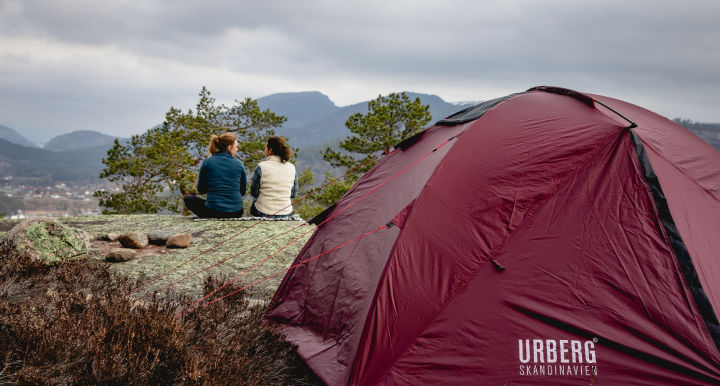

What are microplastics?
Microplastics are small fragments of plastic that are less than 5 mm in length. Today, unfortunately, there is a lot of microplastic in our nature and in our oceans. Microplastics can partly come from the release of fragments during washing or when plastic products or parts of plastic products break down in nature or in the oceans. Because plastic breaks down very slowly, large amounts of microplastics accumulate in the oceans over time. This is problematic in several respects. Recently, the focus has also been directed towards microfiber. Even organic materials such as cotton and wool release small fragments when washed. Organic materials break down significantly faster than plastic, but both microplastics and microfibres can carry chemicals into nature.
Research is ongoing both on how to measure how much microplastic and microfiber textiles release and what can be done to reduce this. As a consumer, you can wash garments that are prone to shedding microplastics and fibers, such as fleece, in a laundry bag that catches the fragments.
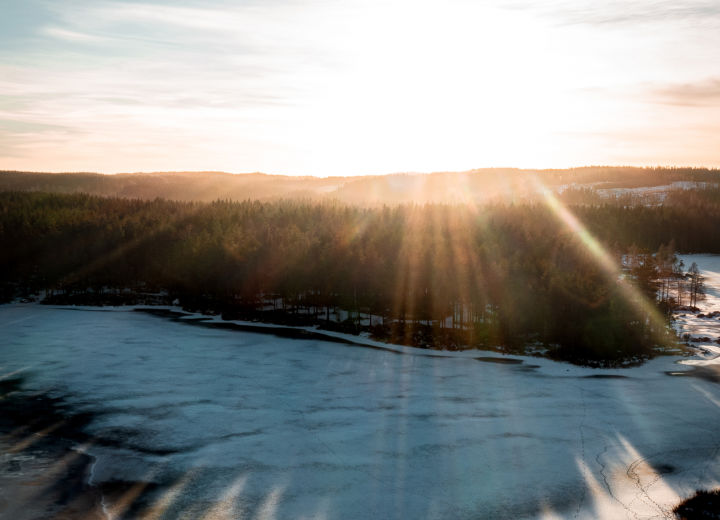
To achieve a water-repellent coating on clothes, PFAS can be used. This is a chemical surface treatment which also takes a very long time to break down. Today there are alternatives to PFAS that also provide a water-repellent surface treatment – PU coating is one of them, various liquid waterproofings are another option. Some PFAS substances have been banned in the EU and their use is becoming increasingly rare. Since there are better alternatives, at Outnorth we want to go one step further and therefore offer mostly PFAS-free clothes, these are labeled as Flourcarbon-free.
What is PFAS?
PFAS (Perfluorinated Alkylated Substances), PFCs or fluorocarbons, is the collective name for a group of chemical compounds of at least 4,730 substances consisting of a carbon chain where hydrogen atoms have been completely or partially replaced by fluorine atoms. They are generally very persistent and break down very slowly or perhaps not at all. Several PFAS substances have also been shown to be harmful to both animals and humans. They are, for example, reproductive disruptors and suspected carcinogens. The use of PFAS has begun to be regulated and some of the worst PFAS substances have been banned.
In clothes, shoes and outdoor equipment, PFAS is used to make a water- and dirt-repellent surface treatment. For our own production, we have chosen not to allow any surface treatment that is based on PFAS. We have also stopped selling ski wax with PFAS and are working to ensure that none of our external brands use PFAS in their production. There are now several alternatives to PFAS for the surface treatment of outdoor clothing, which is preferable - we label these products on the product page as Fluorocarbon Free.

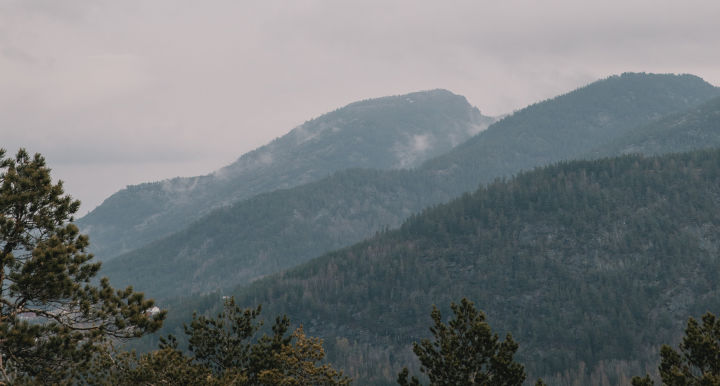
What can you as a consumer do?
Since you shop with us at Outnorth, you probably have some type of outdoor interest. In order for us to have a planet with beautiful nature to live on in the future as well, we must take care to protect our resources.
Choose quality clothes that will last a long time. Quality means that the garment keeps its color, that the seams do not burst and that the material remains fresh even after several washes. When you invest time and energy in finding high-quality garments, you will also value them more highly. This means more conscious consumption and gives you more incentive to take good care of the clothes you own.
Take care of the equipment and clothes you own. Mend your favorite shirt if it gets torn and only wash your trousers when absolutely necessary - then you wear out the garment less and use fewer resources. In our Material guide you will find washing advice for common materials and under Maintenance there are tips on how to care for and prepare your outdoor products.
Use your equipment and clothing. The most durable garment is the one that is used, so make sure you use everything in your wardrobe continuously. Give your unused clothes new life by giving them away or selling them.

What do we do as a company?
At Outnorth, we are passionate about being out in the wonderful nature, which is why we have a great interest in protecting our planet. We take responsibility for the textile industry's impact on nature, people and animals in order to offer quality products that you can enjoy for a long time with a clear conscience.
We label products clearly. On the product page, you can clearly see which environmental labels the product has, if you don't recognize a label, you can read more about it on the page Preferred attributes.
We provide information on everything from choosing the right product to Maintenance. At Outnorth, we have several years of experience in outdoor activities and can therefore help you choose the right product for your specific needs. On the Guides page there is information on how to choose everything from tents to socks - and also information on how to take care of them. Should you miss any information or need more guidance, our knowledgeable customer service will be happy to help you further.
